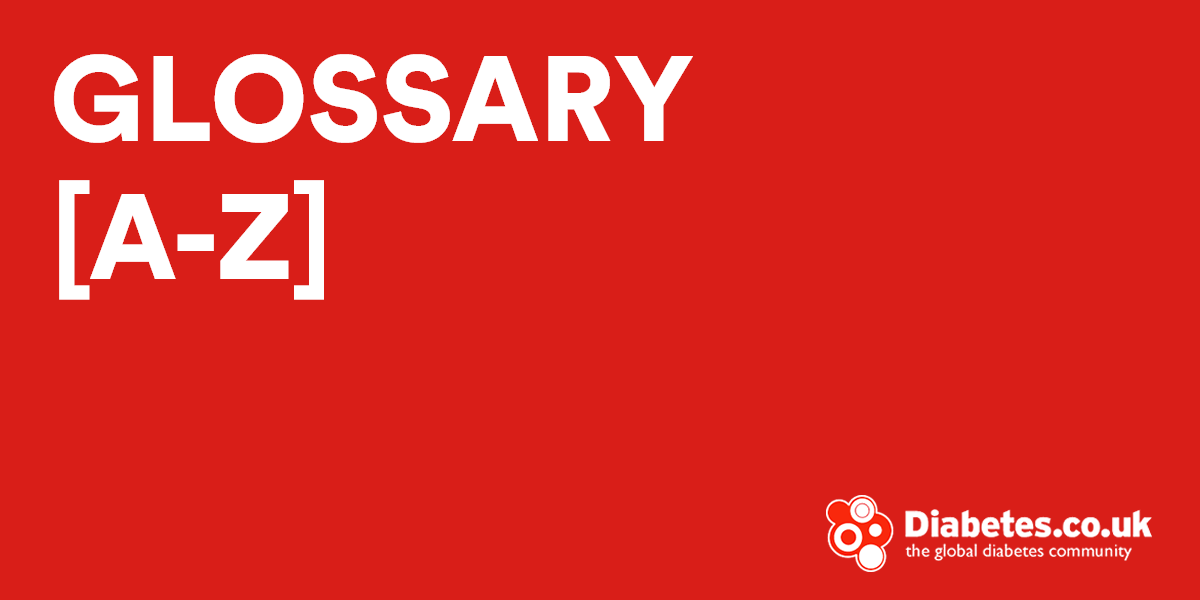pancreas (PAN-kree-us):
an organ that makes insulin and enzymes for digestion. The pancreas is located behind the lower part of the stomach and is about the size of a hand.
pancreas transplantation:
a surgical procedure to take a healthy whole or partial pancreas from a donor and place it into a person with diabetes.
PDHom:
acronym for Practitioner Diploma in Homeopathy (UK).
PDt:
acronym for Professional Dietitian (Canada).
pediatric (pee-dee-AT-rik) endocrinologist (en-doh-krih-NAH-luh-jist):
a doctor who treats children who have endocrine gland problems such as diabetes.
pedorthist (ped-OR-thist):
a health care professional who specializes in fitting shoes for people with disabilities or deformities. A pedorthist can custom-make shoes or orthotics (special inserts for shoes).
periodontal (PER-ee-oh-DON-tul) disease:
disease of the gums.
periodontist (PER-ee-oh-DON-tist):
a dentist who specializes in treating people who have gum diseases.
peripheral (puh-RIF-uh-rul) neuropathy (ne-ROP-uh-thee):
nerve damage that affects the feet, legs, or hands. Peripheral neuropathy causes pain, numbness, or a tingling feeling.
peripheral (puh-RIF-uh-rul) vascular (VAS-kyoo-ler) disease (PVD):
a disease of the large blood vessels of the arms, legs, and feet. PVD may occur when major blood vessels in these areas are blocked and do not receive enough blood. The signs of PVD are aching pains and slow-healing foot sores.
peritoneal dialysis:
see dialysis
PFLC:
acronym for Professional Fitness and Lifestyle Consultant (Canada).
pharmacist (FAR-mah-sist):
a health care professional who prepares and distributes medicine to people. Pharmacists also give information on medicines.
PharmD:
acronym for Pharmacy Doctorate.
PhD:
acronym for Doctor of Philosophy (Doctorate Degree).
photocoagulation (FOH-toh-koh-ag-yoo-LAY-shun):
a treatment for diabetic retinopathy A strong beam of light (laser) is used to seal off bleeding blood vessels in the eye and to burn away extra blood vessels that should not have grown there.
pioglitazone (py-oh-GLIT-uh-zone):
an oral medicine used to treat type 2 diabetes It helps insulin take glucose from the blood into the cells for energy by making cells more sensitive to insulin. Belongs to the class of medicines called thiazolidinediones. (Brand name: Actos.)
podiatrist (puh-DY-uh-trist):
a doctor who treats people who have foot problems. Podiatrists also help people keep their feet healthy by providing regular foot examinations and treatment.
podiatry (puh-DY-uh-tree):
the care and treatment of feet.
point system:
a meal planning system that uses points to rate the caloric content of foods.
polydipsia (pah-lee-DIP-see-uh):
excessive thirst; may be a sign of diabetes.
polyphagia (pah-lee-FAY-jee-ah):
excessive hunger; may be a sign of diabetes.
polyuria (pah-lee-YOOR-ee-ah):
excessive urination; may be a sign of diabetes.
postprandial (post-PRAN-dee-ul) blood glucose:
the blood glucose level taken 1 to 2 hours after eating.
Prandin:
see repaglinide
Precose:
see acarbose
pre-diabetes:
a condition in which blood glucose levels are higher than normal but are not high enough for a diagnosis of diabetes. People with pre-diabetes are at increased risk for developing type 2 diabetes and for heart disease and stroke Other names for pre-diabetes are impaired glucose tolerance and impaired fasting glucose
premixed insulin:
a commercially produced combination of two different types of insulin See 50/50 insulin and 70/30 insulin
preprandial (pree-PRAN-dee-ul) blood glucose:
the blood glucose level taken before eating.
prevalence:
the number of people in a given group or population who are reported to have a disease.
proinsulin (proh-IN-suh-lin):
the substance made first in the pancreas and then broken into several pieces to become insulin
proliferative (pro-LIH-fur-ah-tiv) retinopathy (REH-tih-NOP-uh-thee):
a condition in which fragile new blood vessels grow along the retina and in the vitreous humor of the eye.
prosthesis (prahs-THEE-sis):
a man-made substitute for a missing body part such as an arm or a leg.
protein (PRO-teen):
1. One of the three main nutrients in food. Foods that provide protein include meat, poultry, fish, cheese, milk, dairy products, eggs, and dried beans. 2. Proteins are also used in the body for cell structure, hormones such as insulin , and other functions.
proteinuria (PRO-tee-NOOR-ee-uh):
the presence of protein in the urine , indicating that the kidneys are not working properly.
PsyD:
acronym for Doctor of Psychology.
PT:
acronym for Physical Therapist.
PTA:
acronym for Physical Therapist Assistant.
pump:
see insulin pump





